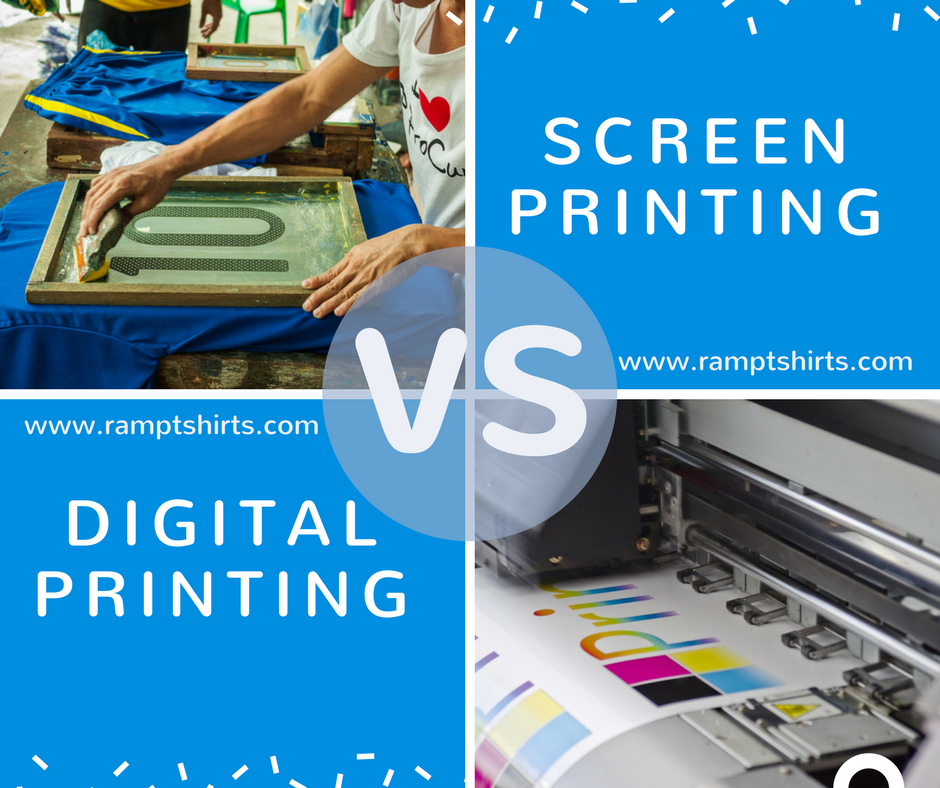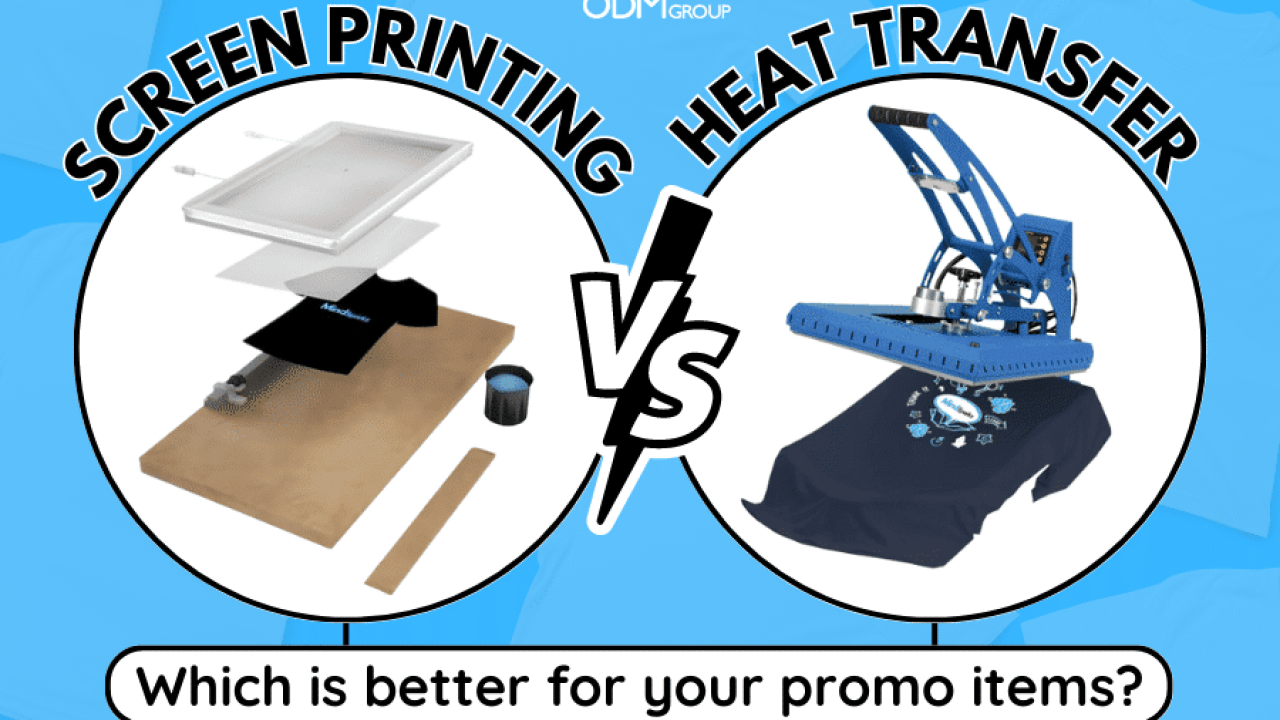Some Known Questions About Tx Tees.
Some Known Questions About Tx Tees.
Blog Article
The Tx Tees PDFs
Table of ContentsTx Tees - An OverviewFacts About Tx Tees RevealedThe 10-Minute Rule for Tx TeesTx Tees Things To Know Before You BuyHow Tx Tees can Save You Time, Stress, and Money.Indicators on Tx Tees You Need To KnowThe Ultimate Guide To Tx Tees
Include up various other costs, like the number of energies it takes to run the shop and the expense of ink and solution per style. Take the print below.The emulsion must just be a few cents because you 'd just need to layer one screen for this task. So just how much should you bill per t-shirt to earn a profit? Usually, printers try to make up to 45% profit on a print task. Right here's a table to assist you establish that: total price per item percent of desired earnings as a decimal (example:.25 or.45) earnings made per item per task Now let's speak about the profitability of DTF.

With DTF, you can print a handful of t-shirts, or simply one. Both screen printing and DTF have their niches in the globe.
The 8-Minute Rule for Tx Tees
The finest way to recognize? Ask around and see what printing shop like yours are doing. screen printer. Try both out and see which you like far better
When you're choosing what kind of printing technique to utilize for publishing your art work designs on your garments, it is very important that you know the differences between these two strategies so you can take full advantage of outcomes while decreasing prices. Screen printing is the most typically utilized method for printing layouts on fabrics.
DTG printing is likewise referred to as place or direct to garment printing because it prints only what is needed instead of making a screen as screen printers do. https://allmyfaves.com/txtees02?tab=TX%20Tees. Display printing functions by screen filler squeegee display printing ink display mesh screen, after that moving the image to garment using warm and/or pressure
The DTG printer makes use of special dye-sublimation inks that are used into a pre-designed photo by a digital printing system. The inks become component of the fabric, permitting dynamic shades and phenomenal information. It's also referred to as place or direct to garment printing due to the fact that it prints only what is needed instead of making a screen as display printers do.
All About Tx Tees
It's much quicker - you can publish a fullcolor photo in mins, as opposed to hours for screen printing. Second, there's no set up time or costs included - you can print any design you such as, without needing to develop a display initially. Third, there's no waste - because screen printers screen print one design at a time, they need to screen each shade individually.
The paper is really pricey and can just be made use of as soon as. Once it's published on, it needs to be thrown out. - The initial acquisition rate is less than the upfront investment of DTG printers- You can print multi-color designs one screen at a time rather of needing to publish each color individually like DTG printing.

The Tx Tees Diaries
Rather of using display mesh as display printers do, color sublimation printers use laser modern technology to transfer your pictures onto garments or paper. A warm procedure transfers the color from its solid-state directly into the gas phase which in turn merges it onto textile substrates when they are rapidly heated to high temperature levels under high pressure.
Sublimation printing is eco-friendly. It makes use of much less water than screenprinting, and because it doesn't entail using unsafe solvents, it's safe for all types of apparel. The color sublimation inks are also odor free when healed, unlike display printers that utilize damaging chemicals throughout the display printing process that leave an unpleasant smell.
They additionally conserve cash on pricey tools like exposure units because dye sublimation printers don't call for a UV exposure unit or a flash treatment oven that is generally used in display printing (embroidery shop). What is straight to garment printing (DTG Printing)? DTG printing is a digital screenprinting procedure that prints straight onto textile using specialized inkjet printers
Get This Report about Tx Tees
DTG printing supplies several advantages over conventional screenprinting, consisting of the capability to print photo high quality images, higher shade vibrancy, and the ability to publish designs on darker materials. DTG printers work by heating up the fabric ink up until it develops into a gas. The gas after that permeates the fabric, bonding with the fibers to develop a long-term print.

Display printers simply prepare visit their website their display after that begin printing till they lack item or ink.- There is a wide variety of knowledgeable display printers throughout the globe, which can be practical for novices. - It's a slower process - screen printers frequently have to wait for the ink to completely dry prior to they can print the following shade- Display printers need manual work, so there's a higher understanding curve and it takes longer to produce a premium layout- Display printing isn't as accurate as DTG printing, so you might get some "bleeding" of shades from one part of the image onto an additional otherwise done appropriately.
Not known Details About Tx Tees
Instead of making use of screen mesh as display printers do, dye sublimation printers utilize laser technology to move your pictures onto garments or paper. A warmth process moves the color from its solid-state directly right into the gas phase which consequently integrates it onto fabric substrates when they are swiftly heated to high temperature levels under high pressure.
Sublimation printing is eco-friendly. It utilizes much less water than screenprinting, and because it does not entail using unsafe solvents, it's safe for all sorts of garments. The dye sublimation inks are likewise unsmelling when cured, unlike screen printers that make use of damaging chemicals throughout the screen printing process that leave behind an unpleasant smell.
They also save money on expensive tools like direct exposure units considering that color sublimation printers do not require a UV exposure unit or a flash cure stove that is generally used in display printing. What is direct to garment printing (DTG Printing)? DTG printing is a digital screenprinting process that prints directly onto textile using specialized inkjet printers.
An Unbiased View of Tx Tees
DTG printing uses lots of benefits over standard screenprinting, including the ability to print photo top quality photos, higher color vibrancy, and the ability to publish styles on darker textiles. DTG printers work by heating the textile ink till it develops into a gas. The gas then penetrates the material, bonding with the fibers to develop an irreversible print.
Report this page